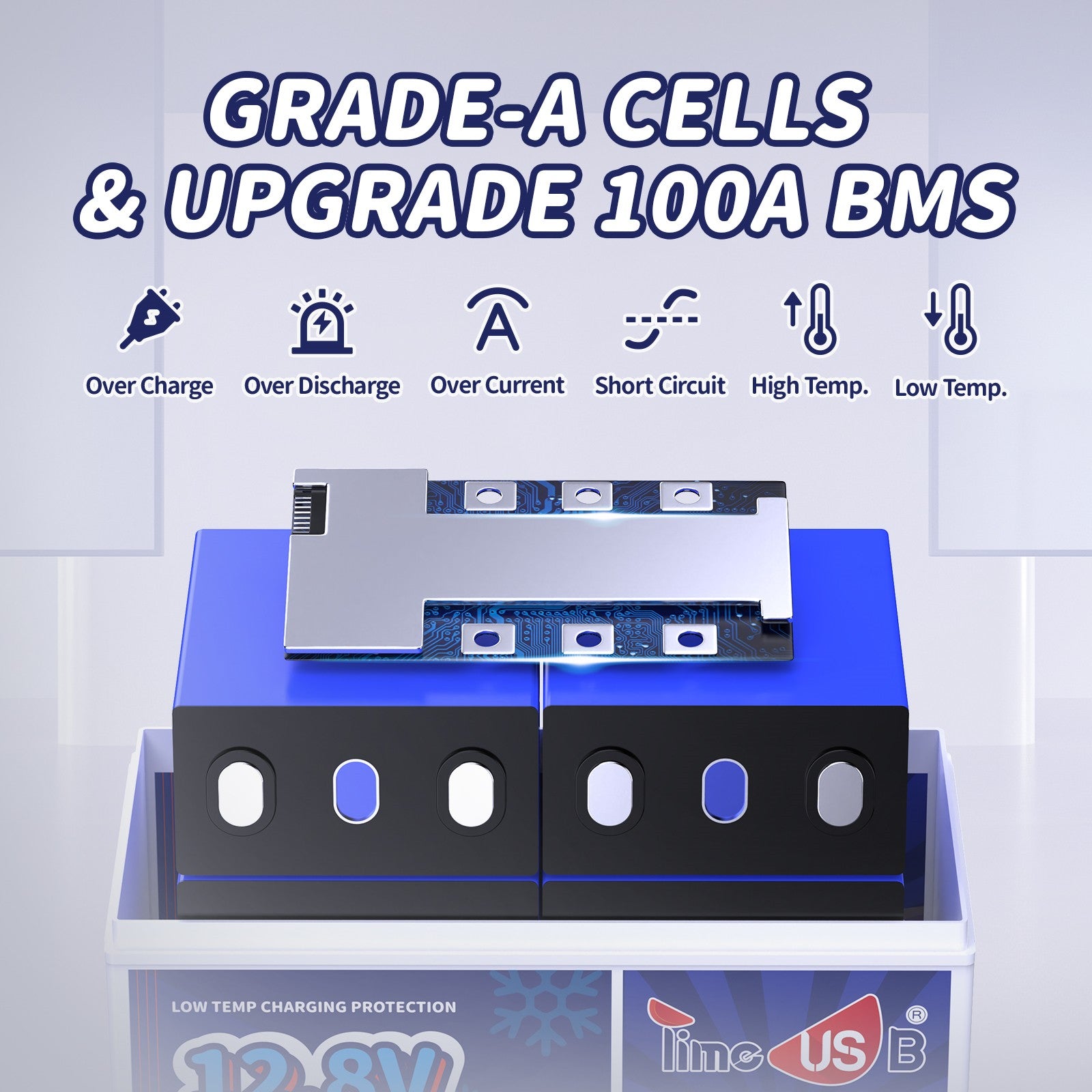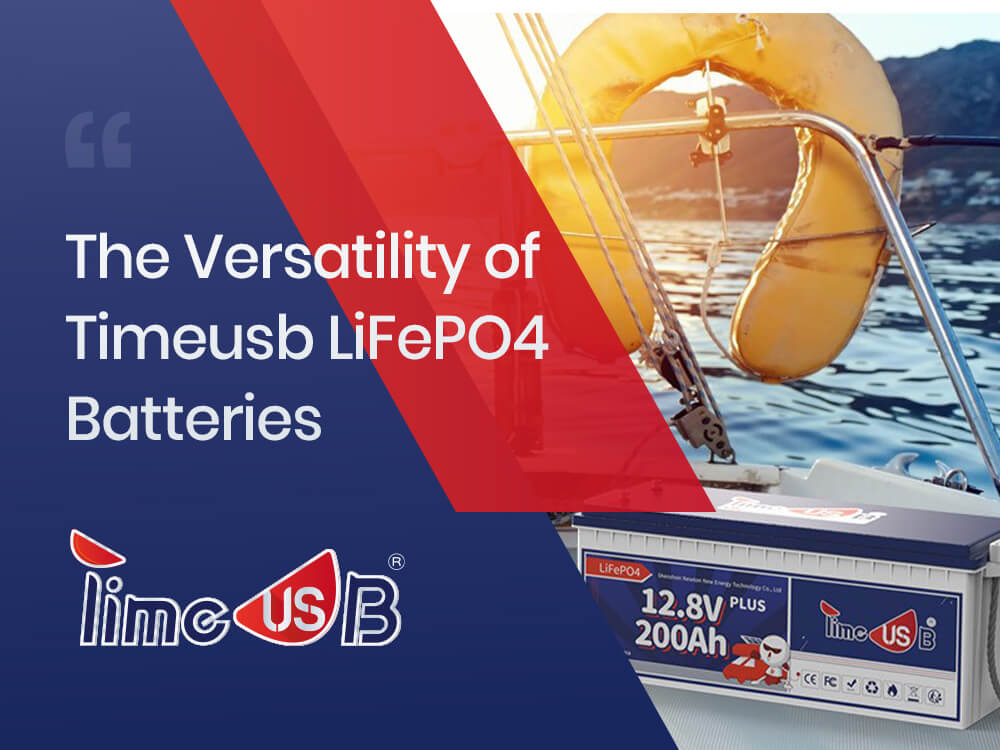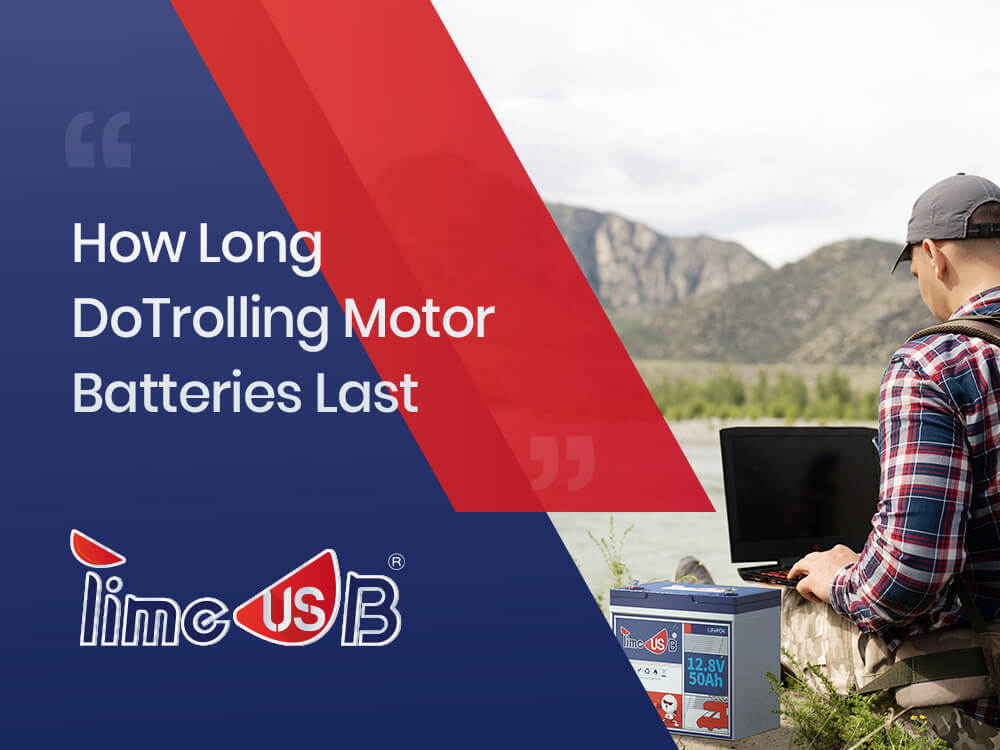Why is My RV/Marine Lithium Battery Not Charging?

Lithium batteries have become increasingly popular in the recreational vehicle (RV) and marine industries due to their superior performance, lightweight design, and extended lifespan. However, encountering issues with charging is not uncommon, and it can leave owners puzzled and frustrated. In this article, we will explore some common reasons why your RV or marine lithium battery is not charging and provide feasible solutions to rectify the problem.
How Do RV/Marine Lithium Batteries Charge?
Lithium batteries charge through a process called lithium-ion recharging. When an external power source, such as a charger, is connected to the battery, current flows in reverse to the discharge process. Lithium ions move from the positive electrode (cathode) to the negative electrode (anode) through an electrolyte solution. This causes the anode to absorb the lithium ions, which leads to the creation of lithium compounds. The charging process is complete when the anode is fully saturated with lithium ions. It's important to note that lithium batteries require specific charging protocols and chargers designed for lithium chemistry to ensure safe and efficient charging.
Why is My RV/Marine Lithium Battery Not Charging?
Below is 4 main reasons why your lithium battery not charging.
1. Insufficient Power Supply
One possible reason for your RV or marine lithium battery not charging is an insufficient power supply. Before assuming a fault with the battery itself, check if your power source(s) are functioning correctly. Ensure that your generator, solar panels, or shoreline connection are delivering adequate power to charge the battery. Faulty or damaged wiring, blown fuses, or tripped breakers could also compromise the charging process.
Solution: Thoroughly inspect all power sources and connections, and address any issues promptly. Contact a professional electrician if necessary.
2. Low Battery Voltage or State of Charge (SOC)
Another common cause for a lithium battery not charging is when it is too deeply discharged or has an extremely low state of charge (SOC). Lithium batteries, like any other, require a minimum voltage to initiate the charging process. If the battery voltage has dropped below a certain threshold, the charger may not recognize it as needing charging.
Solution: Use a battery monitoring system (BMS) or a compatible voltmeter to ascertain the battery voltage. If the SOC is too low, consider jump-starting the battery to bring it to a level where the charger can recognize and commence the charging process. Ensure you follow the manufacturer's instructions and guidelines.
3. Battery Protection Mechanisms
Lithium batteries incorporate various protective mechanisms to prevent damage and ensure safety during charging. These may include overcharge protection, overcurrent protection, or over-temperature protection. In case any of these protection features are triggered, the battery charging process will be interrupted. Some high-quality upgraded LiFePO4 lithium batteries like Timeusb 12V 140Ah has low temperature protection in addition to the regular protection of over heating, over charging, over current, over discharging and high temperature.
Solution: If the battery is not charging, check if any of the protection mechanisms have been activated. Allow the battery to cool down if it has been in a hot environment or verify that the charger is compatible with the battery's specifications. Consult the battery manufacturer's documentation or contact their support for further assistance.

4. Faulty or Incompatible Charger
Using an incorrect or faulty charger is a common issue that prevents lithium batteries from charging properly. Chargers designed for lead-acid batteries may not be compatible with the specific charging requirements of lithium batteries.
Solution: Ensure you have a charger specifically designed for lithium batteries. Refer to the battery manufacturer's guidelines or consult with an expert to select the appropriate charger that matches your battery's voltage and charging specifications.
If you are not sure, refer the table below.

Best Practices to Avoid Lithium Battery Charging Problems
To avoid charging problems with lithium batteries, it is important to follow some best practices:
- Use a charger specifically designed for lithium batteries: Lithium batteries have different charging requirements compared to lead-acid batteries. Using a charger designed for lithium batteries ensures optimal charging performance and prevents potential issues.
- Ensure an adequate power supply: Make sure the power supply for the charger is sufficient to handle the charging requirements of the battery. Insufficient power supply can limit the charging process and lead to slow or incomplete charging.
- Check the battery voltage and state of charge: Before charging, check the battery voltage using a multimeter. If the battery voltage is too low (below a safe threshold), it may be necessary to jump-start the battery or use a specialized charger to revive it.
- Be aware of activated protective mechanisms: Lithium batteries have built-in protection mechanisms to prevent overcharging, over-discharging, and other potential issues. If certain protective mechanisms are activated due to an abnormal situation, the battery may not charge properly. In such cases, refer to the battery's manual or contact the manufacturer for guidance.
- Avoid using faulty or incompatible chargers: Using chargers that are faulty or not designed for lithium batteries can cause charging problems or even damage the battery. Always use chargers recommended by the battery manufacturer.
- Properly store your battery: To ensure the optimal lifespan and performance of lithium batteries, it is essential to store and handle them properly. This includes storing the batteries in a cool and dry location, away from extreme temperatures and moisture. It is also crucial to prevent physical damage by handling the batteries with care and avoiding dropping them. By following these best practices, users can maintain the integrity of their lithium batteries and ensure they remain in optimal condition for longer periods.
By following these best practices, you can minimize the chances of encountering charging problems with your lithium battery and ensure its optimal performance and longevity.
Conclusion
Dealing with a non-charging lithium battery in your RV or marine vessel can be distressing, but understanding the underlying reasons and their solutions is crucial. Inspect your power sources, check the battery voltage and SOC, familiarize yourself with the battery protection features, and choose a compatible charger to enhance the charging process. If the issue persists, seek professional assistance to ensure a proper diagnosis and resolution. Remember, proper maintenance and care of your lithium battery will help extend its lifespan and ensure a trouble-free operation for many adventures to come.


![[Full Guide] The Comprehensive Guide to LiFePO4 Battery Life](http://www.timeusbpower.com/cdn/shop/articles/The_Comprehensive_Guide_to_LiFePO4_Battery_Life_757d2749-9468-4739-ac83-0960c27749b0.jpg?v=1722918256&width=1080)
